Coin Grading - Grading Circulated Coins
A freshly minted coin will have a sheen on its surfaces that we call Mint Lustre. This Lustre is the minute rippling of the surfaces caused by the movement and flow of metal upon striking, and it has a somewhat frosty appearance. Chemical cleaners and coin dips can destroy it, and once gone, it can't be restored.
After entering circulation, coins begin to show signs of wear, first with disruptions in the lustre, and continuing until after a period of decades, only a few of the coin's original detailed designs are left.
With the higher circulated grades, EF-40 and above, an increasing amount of original mint lustre is present. This is often a more important grading criterion than is high-point detail, because a piece may have begun its life rather weakly struck, whether typical of the date and variety or not, and therefore never had much high-point detail.
Because of the wide variety of coin designs, exact descriptions of circulated grades vary widely from coin type to coin type and country to country, so the definitions below are of a very general nature only. When grading, it is essential to refer to a detailed grading guide that is relevant to the coin being graded. In the continuum of circulated grades from 59 to 1, the following are the most commonly used:
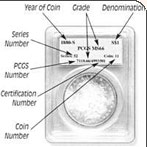
Circulated Grades
Very Choice About Uncirculated AU-58 There are only the
slightest traces of wear visible on the highest points of the coin,
frequently, they are little more than lustre breaks. A light halo
of hairlining might be visible as the coin is rotated in the light,
and there may be a few rubs in the larger fields.




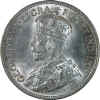

Choice About Uncirculated AU-55 There are only small traces
of wear visible on the highest points of the coin. Wear often occurs
in different spots on different designs, and the larger fields will
show some surface disruptions, however much of the original lustre
is intact.

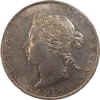





About Uncirculated AU-50 There are traces of wear on most
of the higher areas of the designs and considerable disruption is
seen in the larger fields. At least half of the original mint lustre
is present.







Choice Extremely Fine EF-45 There is a very light overall
wear on the coin's higher points, though all of the design details
are very sharp. Mint lustre is still prominent on many areas of
the coin's surface, though mainly in protected areas.




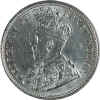


Extremely Fine EF-40 There is light wear on the high points
of the designs, but there is still an excellent overall sharpness.
Considerable mint lustre will still show in the protected areas.






Very Fine Plus VF-30 There is a light even wear on all but
the most protected surfaces, and the details on the high points
are worn, though there is still some sharpness to the major design
features and lettering. Traces of original mint lustre remain in
the most protected areas.







Very Fine VF-20 There is moderate wear on all of the high
parts of the coin and the designs and lettering have lost much of
their sharpness. The original mint lustre is virtually gone.

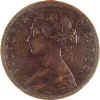

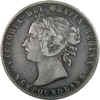
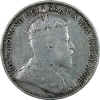



Fine F-12 There is moderate to considerable even wear and
although the original designs are recognizable and all lettering
visible, they have some weaknesses and lack details.

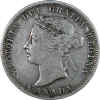



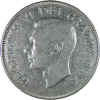

Very Good VG-8 This is a well worn piece with most of the
larger details of the designs being worn nearly smooth.




Good G-4 This is a heavily worn piece with all major designs
visible, though in little more than outline shapes with very little
central detail. There may be faintness in some areas, but all lettering
should be readable.



About Good aG-3 This is a very heavily worn coin with portions of the lettering, date and legends being worn smooth and the date may be barely readable.


This material is being used under license from the Canadian Coinoisseur, inc.

